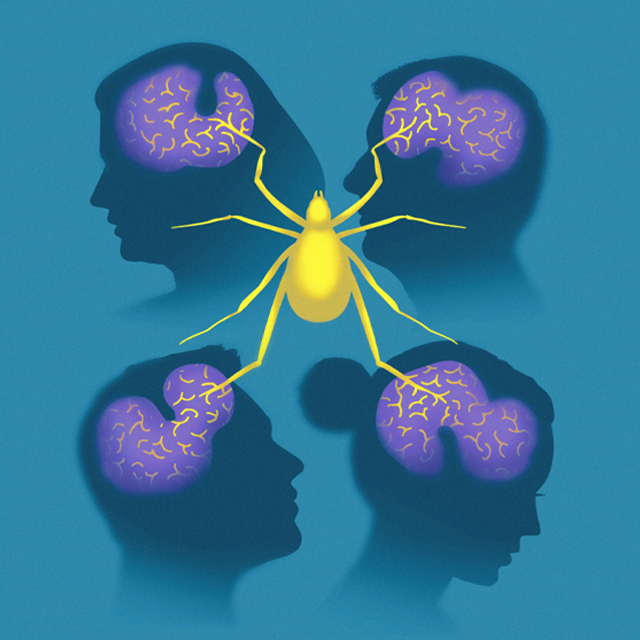Looking for answers about how the brain works amid age-related hearing loss, Johns Hopkins Medicine researchers say they found that old mice were less capable than young mice of “turning off” certain actively firing brain cells in the midst of ambient noise. The result, they say, creates a “fuzzy” sound stage that makes it difficult for the brain to focus on one type of sound — such as spoken words — and filter out surrounding “noise.”
Scientists have long linked inevitable age-related hearing loss to hair cells in the inner ear that become damaged or destroyed over time.
But the Johns Hopkins researchers say their new studies, described in The Journal of Neuroscience, indicate that the brain has much to do with the condition, and it may be possible to treat such hearing loss by retraining the brain to tamp down the wildly firing neurons.
“There’s more to hearing than the ear,” says biomedical engineering professor Patrick Kanold, who led the study, which involved the use of two-photon imaging to peer into the auditory cortex in the mice. The technique uses fluorescence to identify and measure the activity of hundreds of neurons at the same time.
Kanold notes that more research is needed to precisely map the connection between the inability to shut off certain neurons and hearing loss amid ambient sound, including the brain circuits involved and how they change with age, as well as the potential differences between male and female animals.


